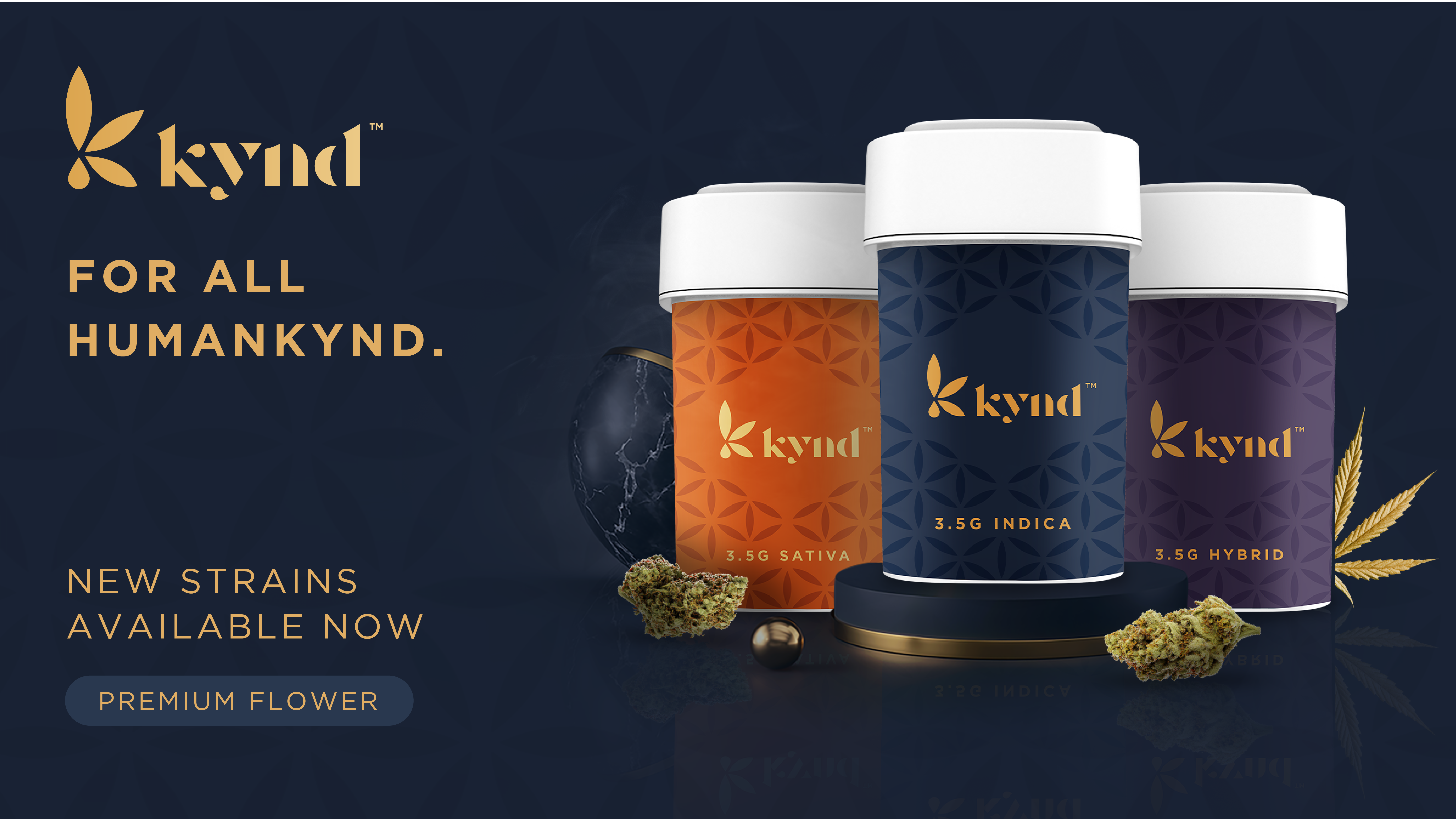How long should you wait to drive after consuming cannabis? The answer varies from person-to-person and depends on the amount and type of cannabis, how it was consumed, and a person’s body composition. It's impossible to be more exact than that. The question itself is important, because everyone with a certification for cannabis needs to figure it out. Your doctor may be able to offer some helpful guidance, but responsible use of cannabis depends on individual actions. By knowing and following the regulations, people can stay safe and model good behavior.
There are still many unknowns about the association between cannabis and impaired driving. Because of this, Massachusetts legislators have passed MMJ laws that include regulations to encourage safety. These statutes also give residents an idea of how law enforcement will approach the situation.
These regulations are not very complicated, and following them is an easy way to stay in the clear with the law. Failure to follow these regulations can result in fines (or worse), even for someone with a valid MMJ card.
Operating Under the Influence (OUI)
MMJ is broadly legal for adults to use in Massachusetts, but it is illegal to operate a motor vehicle “under the influence” of cannabis. This is a pre-existing law which has not been changed by the recent cannabis legislation.
Similar to familiar laws regulating alcohol consumption, police officers may approach a driver whom they have observed or suspect is using cannabis. Whether the car is moving or not, someone may face an OUI if the police determine that the driver has recently ingested cannabis.
“Evidence of recent cannabis consumption,” explains a memo written to State Police by the Executive Office of Public Safety and Security, “will remain admissible in OUI prosecutions, much as evidence that a defendant was seen drinking alcohol in a bar shortly before [their] motor vehicle stop.” In other words, police may treat a partially burned joint on the dashboard like they would treat an empty bottle of beer as evidence of recent consumption.
While there are a number of similarities between the legal treatment of alcohol and cannabis, there are some major differences. For one thing, there is no breathalyzer for cannabis, nor an established “legal limit.” While police around the country are trying out new technology, there is no standard way for police to evaluate drivers who are under the influence of cannabis.
How Will MA Police Assess “Impairment”?
Massachusetts Supreme Court heard arguments earlier this year about the validity of field sobriety tests administered to people who are suspected to be operating under the influence of cannabis. After Thomas Gerhardt failed two sobriety tests, the arresting officer determined that Gerhardt was too impaired to drive.
Gerhardt’s lawyers argue that there is no science backing up the decision of officers. Unlike alcohol, there is no way an officer can scientifically verify that a person is impaired. As Associate Justice Geraldine Hines noted during arguments, “I’m just puzzled at how police officers are going to be able to testify to something that the science hasn’t verified.”
There will be some uncertainty until the court reaches a decision, but following the so-called “open container” regulations is the best way drivers in the MMJ community can make sure they stay within the law.
“Open Container” Regulations
It’s vital to remember: People cannot, under any circumstances, have an “open container” of cannabis in the passenger area of the car. This applies to whether the car is moving or not. An open container is anything that is not sealed. If someone has just purchased cannabis, and has not opened the package, that is allowed in the passenger area of the car.
If it is opened, then that cannabis must be in the trunk or locked glove compartment. If the glove compartment does not lock, then it may still be considered the “passenger area” of the car.
These regulations are not hard to follow. They present an easy way to show law-enforcement officers that cannabis is used responsibly by lawful people. After all, every open and friendly interaction with law enforcement will help shift the perception of cannabis in a positive direction.






